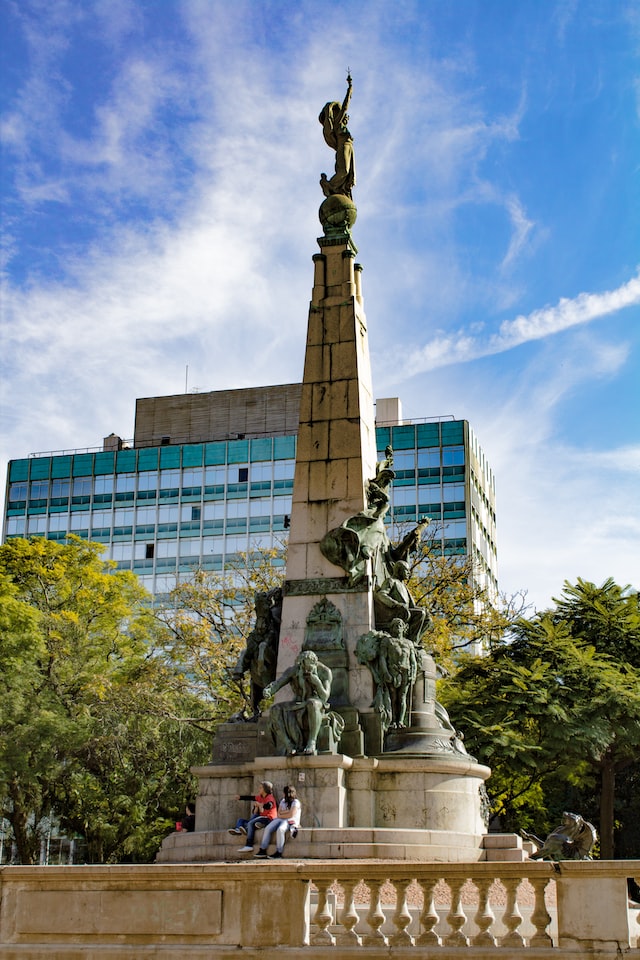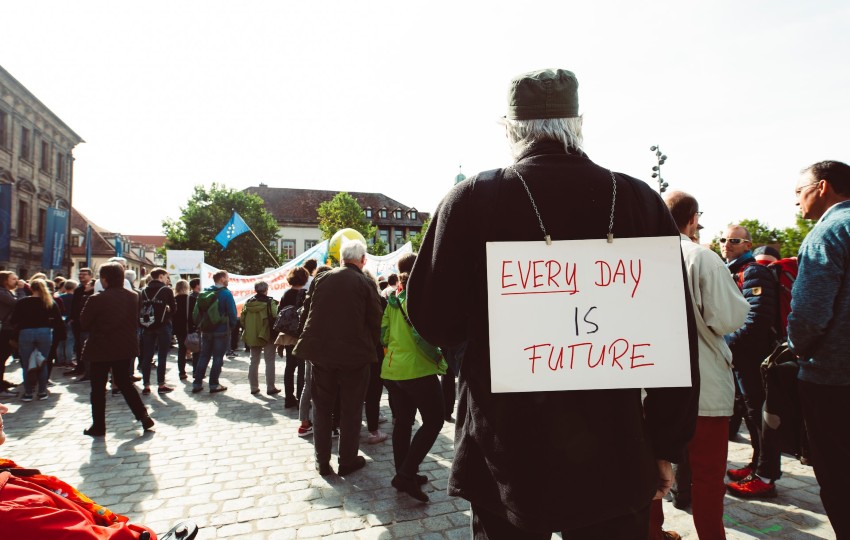Participatory budgeting is a process that empowers citizens to have a direct say in how public funds are allocated. It is a democratic approach that promotes bottom-up budgeting, co-creation, and citizen participation. Participatory budgeting is becoming increasingly popular worldwide, allowing communities greater control over public resources. In this post, we will explore what participatory budgeting is and why it is important. We will also discuss how you can become an active citizen and help shape the future of your community.
Let’s dive in.

What is Participatory Budgeting?
Participatory budgeting is a democratic process that gives citizens a direct say in spending public funds. Its roots can be traced back to Porto Alegre, Brazil, where it was first introduced in 1989. Since then, it has spread its origins worldwide and has been implemented in more than 1,500 cities across the globe.
The fundamental principles of participatory budgeting are transparency, participation, accountability, and equity.
Participatory budgeting is a bottom-up approach starting with citizens’ needs and priorities. The process involves citizens and other stakeholders in decision-making, from planning to implementation.
Participatory budgeting typically involves several stages, including brainstorming sessions, proposal development, deliberation, and voting. The process is designed to ensure that citizens are informed about the budget, have a voice and that the final budget reflects the community’s needs and priorities.
Bottom-Up Budgeting: How Participatory Budgeting Works
Participatory budgeting is a bottom-up budgeting approach that empowers citizens to have a direct say in allocating public funds. This approach differs from the traditional top-down approach, where elected officials and bureaucrats make decisions about the budget.
In participatory budgeting, citizens are involved in every stage of the process.
The process typically starts with a brainstorming session, where citizens identify the community’s needs and priorities. Next, citizens work together to develop proposals for allocating public funds. These proposals are then reviewed and evaluated by a committee, which includes representatives from the community.
After evaluating the proposals, citizens are invited to deliberate and vote on which proposals should be funded. The final budget reflects the community’s needs and priorities, and citizens have a direct say in spending public funds.
Co-Creating a Better Future

Co-creation is an important aspect of participatory budgeting, as it enables citizens to work together to develop proposals and solutions that reflect the community’s needs and priorities. Co-creation involves citizens, government officials, and other stakeholders working together to create and implement policies and programs that benefit the community.
The benefits of co-creation in participatory budgeting are many. Co-creation, for once, enables citizens to have a direct say in the decision-making process. This can help build trust between citizens and government officials. At the same time, co-creation promotes transparency and accountability, as citizens are involved in every process stage. Finally, co-creation can lead to more effective and efficient policies and programs, as the solutions are tailored to the community’s needs and priorities.
Empowering Communities Through Citizen Participation
Citizen participation is critical to participatory budgeting, as it allows citizens to be directly involved in local governance. Citizen participation involves identifying the community’s needs and priorities, developing proposals, deliberating, and voting on the final budget.
There are several benefits to citizen participation in participatory budgeting. First, citizen participation leads to a greater sense of ownership and responsibility for the community’s future. When citizens are involved in the decision-making process, they are more likely to feel invested in the community’s success and to take an active role in shaping its future.
Second, citizen participation can help to build trust between citizens and government officials. When citizens have a direct say in how public funds are allocated, they are more likely to feel that their voices can be heard and that their needs and priorities are being addressed.
Finally, citizen participation can lead to more effective and efficient policies and programs. Citizens involved in decision-making can provide valuable insights and perspectives that may not have been considered otherwise. This can help to ensure that the final budget reflects the community’s needs and priorities and that the policies and programs implemented are effective and efficient.
Conclusion
Participatory budgeting is an essential democratic approach that promotes bottom-up budgeting, co-creation, citizen participation, and community engagement. Participatory budgeting gives citizens a direct say in allocating public funds and can lead to more effective and efficient policies and programs. Becoming an active citizen and getting involved in the decision-making process can help shape your community’s future and build stronger, more connected communities.
Ready to get involved in empowering young people to participate in participatory budgeting across Europe? Join the YUPAD EU project!
Whether you’re a young person looking to learn more about youth participatory budgets, an educator interested in providing non-formal education on the topic, or a local authority seeking to implement youth participatory budgets using big data, the YUPAD project has something for you. Together, we can create local policy mechanisms for participatory budgets and develop the capacity of educators to provide quality education for young people.
Join us today and make a difference!

